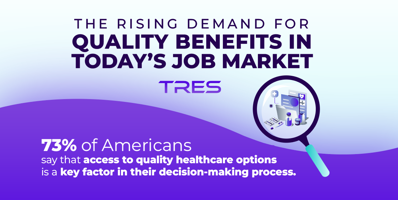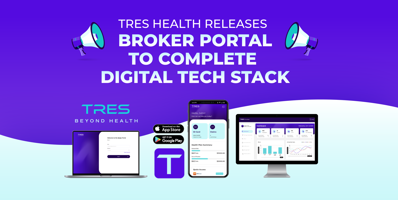
Pros and Cons of Level Funded Healthcare

Level-funded health plans offer several benefits to employers and are typically offered to small and mid-sized businesses as an alternative to traditional fully insured health plans.
Level-funded plan options are rising, as 38 percent of small employers (3-199 employees) utilize level-funded plans as of 2022, according to Kaiser Family Foundation Employer Health Benefits Survey. This number is up from 16 percent in 2020.*
So, what exactly is a level-funded health plan and how does it compare to fully insured and self-funded options?
How Level-Funded Health Plans Work
In a level-funded plan, the employer pays a fixed monthly premium to the insurance carrier, which is based on the projected healthcare costs of the employees. This is similar to self-funded plans as the premium is usually lower than with fully insured options. Depending on the type of level-funded plan, the employer may or may not assume a portion of the risk. Employers have access to stop-loss protection to set the limit on their level of risk, therefore mitigating the effect a catastrophic claim may have on their budget.
Employers can choose plans that meet the needs of their employees, including network access (which should be similar to a fully insured plan), and other benefit options based on employee demographics, budget, and requirements. These plans are designed to meet requirements and avoid penalties for ACA through Minimum Essential Coverage (MEC) and Minimum Value Plans (MVP).
Additional Features of Level-Funded Healthcare
Some plans offer dedicated transparency into claims data and analysis, similar to self-funded plans, enabling employers to identify cost drivers, analyze trends, and implement cost-saving strategies. By understanding the healthcare utilization patterns of their employees, employers can make informed decisions to manage costs and improve the health and well-being of their workforce.
Employers can directly manage and control the plan's administration, including eligibility, enrollment, claims processing, and plan design changes. This control can lead to greater efficiency, streamlined processes, and faster response times to address employee and plan needs.
Depending on your plan and group size, level-funded plans may provide access to wellness programs and resources that promote employee engagement in health and well-being. These programs can include preventive care services, health risk assessments, wellness incentives, and other initiatives to support employees in maintaining good health. Not to mention, access to easy, free basic care for employees can encourage better health outcomes.
At the end of the day, what many employers are starting to realize when it comes to level-funded healthcare, is how these plans meet the need for a cost effective, yet comprehensive option for their employees.
Just like any health plan option, it’s important for employers to evaluate their risks and employees' healthcare needs before choosing a level-funded plan. Consulting with a broker can help clarify the specific details, suitability, and types of level-funded healthcare, as not all carriers are created equal in this new space. Many carriers do not offer the same types of level-funded plans, as it is not a one-sized-fits-all type of plan design. But between the potential for cost-savings, the ease of meeting minimum coverage requirements, the options for employees, and the simplicity of administration, it’s easy to see why these plans have jumped 137 percent among small to mid-size employers in the last two years.
*Kaiser Family Foundation. 2022 Employer Health Benefits Survey. Oct. 27, 2022. Available at www.kff.org/report-section/ehbs-2022-summary-of-findings/.
**2020 Employer Health Benefits Survey | KFF


